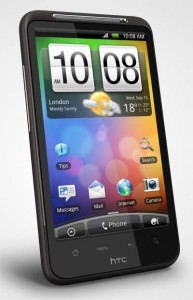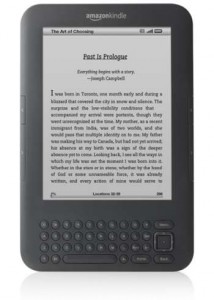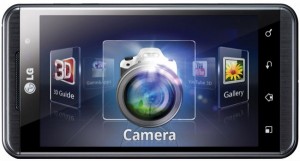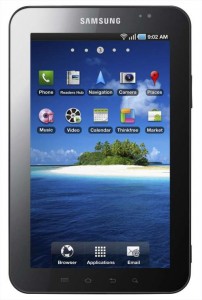HTC’s new Desire HD smartphone aims to build on the success of the original HTC Desire. We review and compare the two phones.
After the success of the original HTC Desire, HTC have been trying to take it to the next level with their new flagship HTC Desire HD. Sporting a larger screen, a higher resolution camera and various software enhancements, does the Desire HD do enough to improve on the original phone or is it simply a small incremental upgrade? In this article, we review the Desire HD and take a look at some of the key differences between the Desire HD and the original Desire.
What’s the overall verdict on the Desire HD?
 We love the HTC Desire HD for much the same reasons that we loved the HTC Desire. Both phones are well designed, are comfortable to hold and have a good build quality.
We love the HTC Desire HD for much the same reasons that we loved the HTC Desire. Both phones are well designed, are comfortable to hold and have a good build quality.
The software on the phone is fantastic – the Desire HD has Android 2.2 (Froyo) including free turn-by-turn GPS navigation and access to over 100,000 applications through the Android Market. The Desire HD’s large 4.3-inch screen makes it particularly well suited for the Google GPS navigation service which also features information about current traffic conditions.
On top of the stock Android, HTC have also added their proprietary “Sense UI” overlay which adds integration with social networks such as Facebook, provides the iconic home screen and links with the HTCSense.com website. The Desire HD, like the original Desire, is an absolute joy to use.
Our only criticism is the battery life. Providing the Desire HD is charged each night, our phone would usually make it through the day OK. However, sometimes it got a little too close to comfort… especially when we would use the phone in a low signal area or make heavy use of the multimedia features. Bizarrely, even though one of the main complaints about the Desire was battery life, the Desire HD has a smaller battery capacity (1230 mAh) than the original Desire (1400 mAh). HTC justify this by claiming the Desire HD’s hardware is more energy efficient – but we wonder why HTC couldn’t have used this to extend the battery life rather than as an excuse to reduce the battery capacity.
Continue reading →
 The Amazon Kindle e-book reader differs from most tablet devices in that it uses an e-ink screen as opposed to a colour LCD screen. Fundamentally, e-ink is a very different technology from LCD. In this article, we look at how e-ink and LCD display technologies work and compare the two technologies.
The Amazon Kindle e-book reader differs from most tablet devices in that it uses an e-ink screen as opposed to a colour LCD screen. Fundamentally, e-ink is a very different technology from LCD. In this article, we look at how e-ink and LCD display technologies work and compare the two technologies. The UK’s first 3D mobile phones begin to hit the shelves this month. 3D phones such as the
The UK’s first 3D mobile phones begin to hit the shelves this month. 3D phones such as the  We love the HTC Desire HD for much the same reasons that we loved the HTC Desire. Both phones are well designed, are comfortable to hold and have a good build quality.
We love the HTC Desire HD for much the same reasons that we loved the HTC Desire. Both phones are well designed, are comfortable to hold and have a good build quality. It might be a bit of an understatement to say that the technology enthusiasts across the world have been eagerly awaiting the launch of the Samsung Galaxy Tab and the chance to pit it against Apple’s iPad. Being the first Google-approved Android tablet on the market and the first mass-market 7-inch tablet device, the Tab gives us a taste of what might lies ahead in the tablet market and whether Android can take on the mighty Apple.
It might be a bit of an understatement to say that the technology enthusiasts across the world have been eagerly awaiting the launch of the Samsung Galaxy Tab and the chance to pit it against Apple’s iPad. Being the first Google-approved Android tablet on the market and the first mass-market 7-inch tablet device, the Tab gives us a taste of what might lies ahead in the tablet market and whether Android can take on the mighty Apple.
